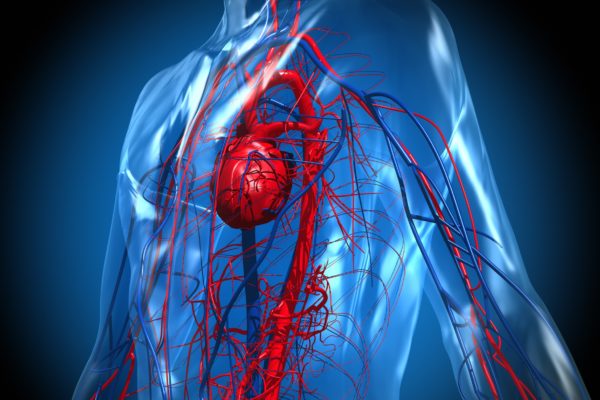
Cancer.org
Tongue cancer develops when malignant cells of the tongue undergo uncontrolled cell division. Usually, these tumours develop on the outer sides of the tongue, and originate in the mucous membrane of the tongue. This type of tumour is known as a squamous cell tumour.
The tongue consists of two parts: the front, which is muscled and mobile, and the back, or tongue base. In both parts, tumours can develop, but treatment of these cancers is different. A tumour can also affect the tongue muscle and grow into the rest of the mouth and lower jaw.
Belgium has seen a steady rise of tongue cancer diagnoses over the last few years. Around 200 patients are diagnosed with the illness every year. Despite this increase, 5-year survival rates have not changed, with 82% of patients still alive at 5 years. In stage IV this number drops to 39%.
Patients with a squamous cell carcinoma on the tongue can present the following symptoms:
No clear cause for tongue cancer has been identified. However, there is a number of risk factors that bring a larger chance of contracting the disease. These include:
Tongue cancer is graded along four stages.
The differentiation of the tumour is an important factor in establishing a prognosis and treatment. This can be determined on the basis of a biopsy. A biopsy involves the removal of a small bit of tissue that can be examined under a microscope. Differentiation determines the degree of mutation in the cancerous cells.
When the diagnosis has been established, a specialist will formulate a treatment strategy, depending on the tumour stage and location. Treatment options include: surgery, radiation, chemoradiation, light therapy and chemotherapy.
If possible, surgical removal of the tumour is the therapy of choice, sometimes combined with adjuvant radiation. If the tumour has grown too large, chemotherapy is in order, sometimes combined with radiotherapy. This combined approach is known as chemoradiation. In some cases, EGFR inhibitors may also be an appropriate choice of treatment. Targeted therapy remains an active area of research within this cancer setting.





